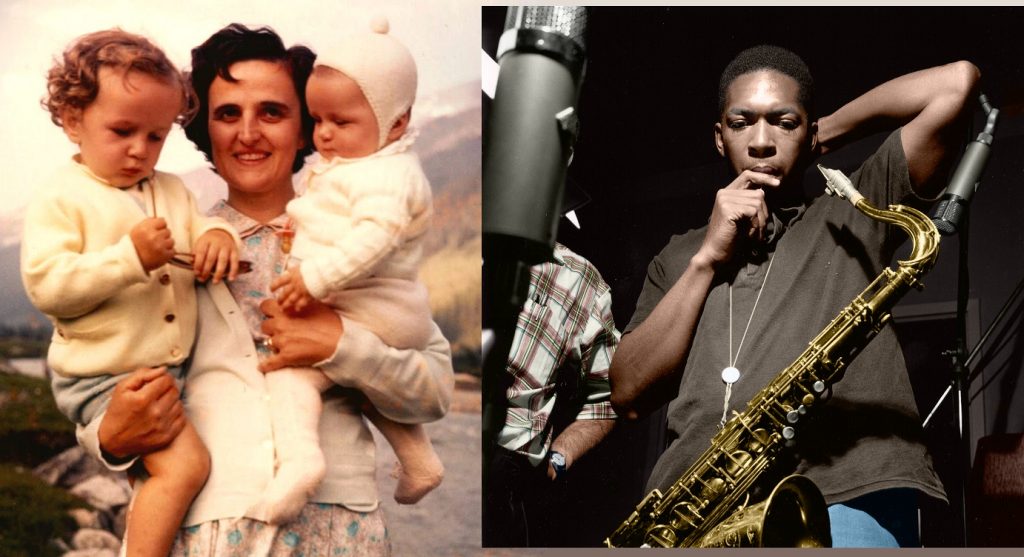At the 14th World Congress of Semiotics, Buenos Aires 2019

NeMoSanctI PI, Prof. Jenny Ponzo, and research team member Gabriele Marino, both semioticians, are participating in the 14th World Congress of Semiotics, dedicated to the theme of “Trajectories” and which will take place between September 9th and 13th, 2019, in Buenos Aires, Argentina.
Jenny Ponzo’s talk, entitled Sanctity as a form of life: the figure of Saint Gianna Beretta Molla, will be held within the “Rituales” session (at Sede Visuales Las Heras UNA, 2nd Cuerpo Taller 2), on September 12, between 13.30 and 14.00. Here you can find the abstract.
NeMoSanctI is the ERC research project that studies how Catholic saints have been offered as models of life perfection to hundreds of thousands of people worldwide and how the modelization of sanctity has changed in the 20th century, especially after the Second Vatican Council (1962-1965). NeMoSanctI’s analysis focuses on a wide corpus of texts including hagiographies, literary texts featuring saints as characters, acts of causes for canonization, and norms issued by the Church to regulate both canonization procedures and the notion of sainthood. Semiotics constitutes the methodological framework of the project, in that it allows to analyze in a coherent manner texts belonging to different genres and to approach sanctity as a model of life perfection mediated through a plurality of channels and by different subjects. NeMoSanctI’s approach is characterized in particular by a focus on axiological and narrative structures underlying the texts composing the corpus. Indeed, from our perspective sanctity can be considered as a particular form of life characterized by a specific combination of narrative structures (for instance the tension towards the transcendence of human limits) and semantic and axiological categories (such as heroism and perfection in the practice of virtues). Sanctity thus appears as a “semiotic organization” characterizing a particular religious, social and cultural identity, and entailing passion, ethical and aesthetic determinants (Fontanille 2015: 13-14). The model of this form of life is proposed through embodied valorizations often coinciding with the stories of individual saints. As a case study, I will present a semiotic analysis of the figure of Saint Gianna Beretta Molla. Died in 1962 and canonized in 2004, Gianna was a spouse and a mother. She was canonized because she sacrificed her life to avoid abortion and save her baby, thus both representing the new ideal of secular sanctity particularly promoted during and after the Second Vatican Council (Rusconi 2005) and serving as a figurativization reinforcing the Church’s argument against abortion. I will outline the complex definition of this contemporary model of sanctity by analyzing how Gianna’s life story is interpreted and narrated both in a sample of testimonies contained in the acts of her cause for canonization and in hagiographic books and press about her.
Gabriele Marino’s talk, entitled The Form of Life of Sanctity in Music beyond Hagiography: The Case of John Coltrane and his Ascension, will be held within the “Música” session (at Sede Visuales Las Heras UNA, Galería, Planta Baja), on September 11, between 9.00 and 9.30. Here you can find the abstract.
If “forms of life” are defined as embodied valorizations that support a whole “project of life” (Fontanille 1993, 2015), sanctity can undoubtedly be considered as a particular form of life typified by a specific combination of narrative structures (the tension towards the transcendence of human limits and the role of death in determining the Sanction) and semantic categories (extraordinariness and self-sacrifice). The codification of these characterizing features is so accurate, efficacious, and pervasive in Western culture that the model of sanctity has been expanded beyond its original religious semiosphere (Guerriero 2003; Hopgood 2005), thus becoming a “Ur-form of life”, namely an archetype that generates other models based upon its principles (Jones 2017; Hendrickson 1998). Accordingly, figures such as Che Guevara or James Dean, as well as musicians such as Elvis Presley (“the other Jesus”) or Claude François are the object of proper “popular cults” (Browne 1980; Boudewijnse and Heimbrock 1990), to the extent that scholars define them as “cultural saints” (Laderman and Leon 2003: 447-448). The modelisation of such “cultural sanctity” is quite far from the “everyday” ideal of sanctity promoted by the 20th-century Catholic doctrine, especially after the Second Vatican Council, and rather results closer to the popular and stereotyped figure of the hero-saint, which derives from early modernity (Royo Mejía 1995; Fumagalli Beonio Brocchieri and Guidorizzi 2012). In order to point out, firstly, the “de-generation” of the narrative program and semantic categories of sanctity (i.e. their elaboration in contexts and textual genres different from the original ones) and, secondly, the conscious embodiment and staging of this form of life by individual subjects (Salvatore 2015; Spaziante 2016), we focus on the case study of the discourse surrounding popular music. Indeed, especially after the 20th-century avant-gardes, which were often defined as “ascetic” (Riley 1998), at least since Edgar Morin (1957), the analogy between saints and stars is a consumed trope within pop culture (Schmitt 1983). For musicians, just like for Catholic saints, the unavoidable viaticum to sanctity is represented by death, generally tragic and premature (Yarrow 2016: 145-146). The event of death legitimizes the (retrospective) interpretation of their whole life through hagiographic narrative structures and semantic categories, such as the heroism determined by their exceptional talent, the perseverance in living and promoting a peculiar lifestyle, and “the authenticity of believing so much in their music that they effectively died for it” (Till 2010: 119). This kind of discourse shapes in turn a life model that is consciously taken in charge and pursued by Subjects. The most notable case is that of jazz master John Coltrane (1926-1967), who, after his conversion to a universalistic, mystical God, and to the once-despised language of free jazz, explicitly manifests the intention to reach sanctity in and through his music (Pedrazzi 2008; Whyton 2013). The embodiment and staging of sanctity by Coltrane received a positive Sanction after his death, both with the institution of the St. John William Coltrane African Orthodox Church (Baham 2015; Howison 2012) and the recurring interpretation of his late music (1964-1967: A Love Supreme, Ascension, Meditations, Expression) as a miraculous act and, just like the miraculous and virtuous acts of the canonized saints, a testimony inviting to imitation.


